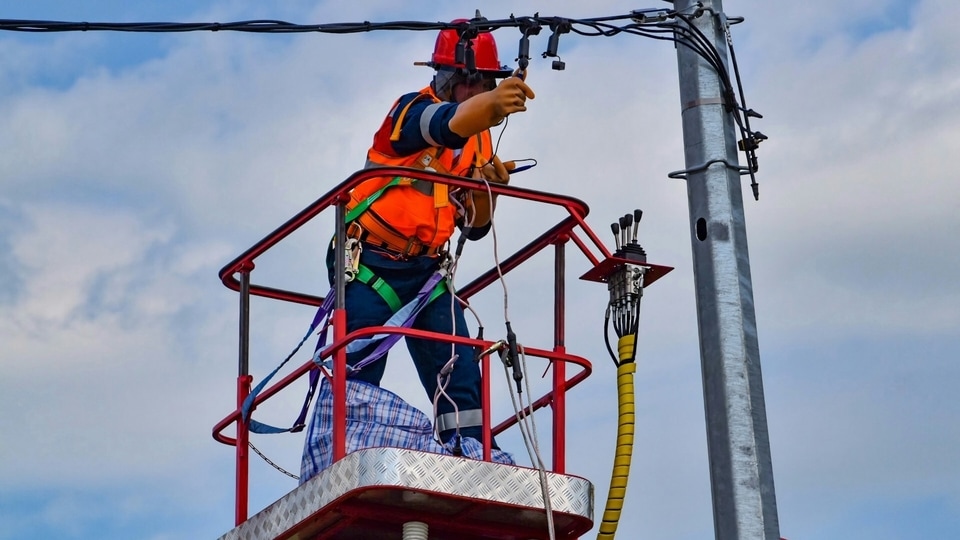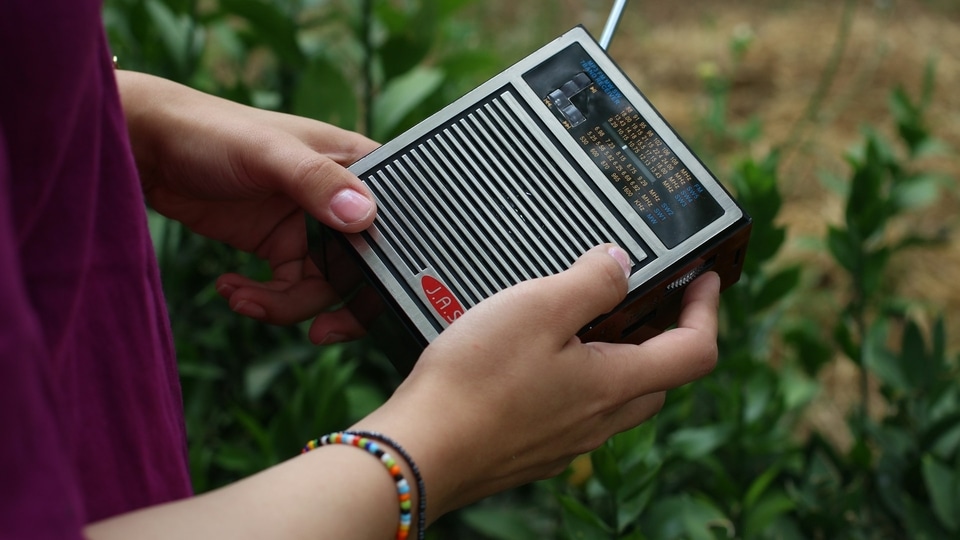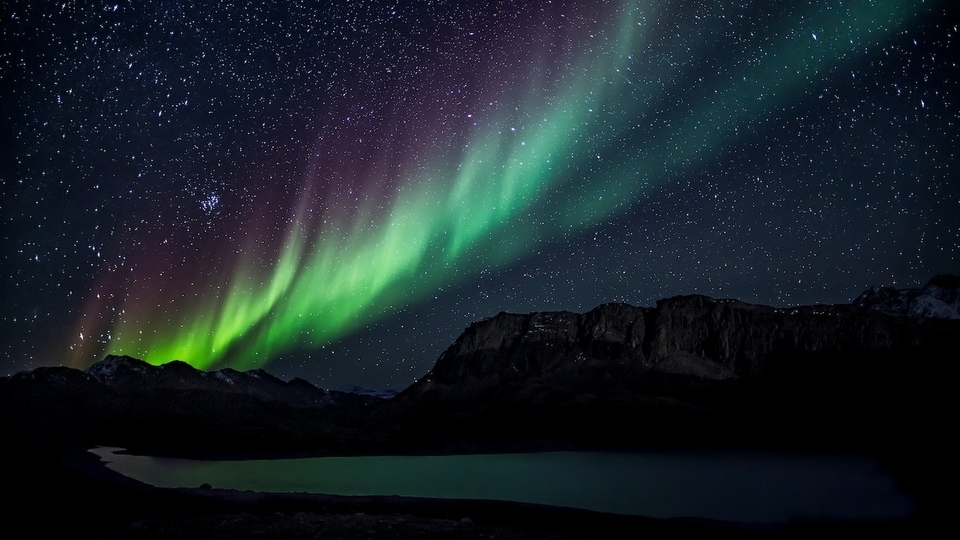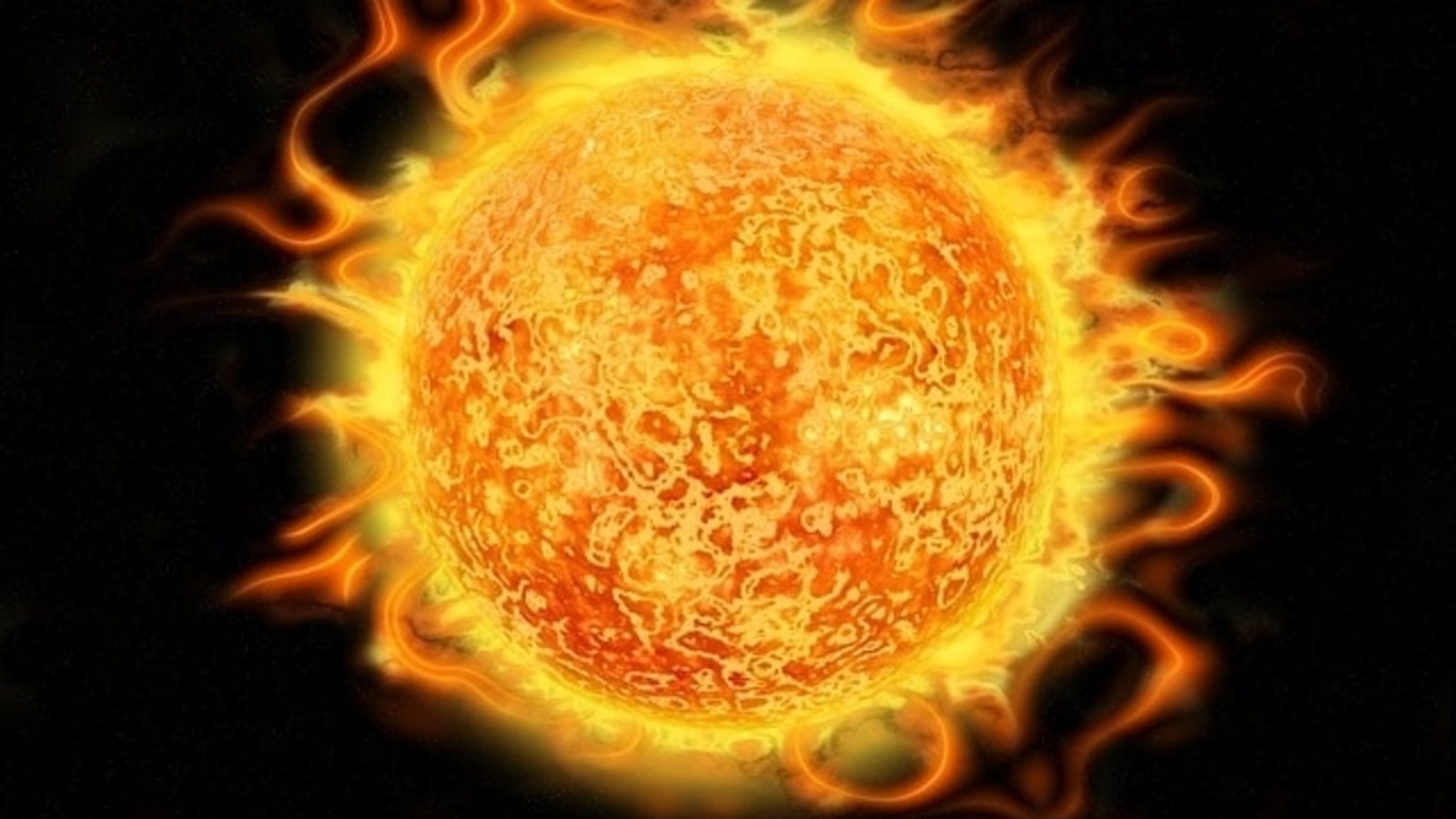Solar storm alert: X-class solar flares may be hurled towards Earth by sunspot AR3615
After the recent onslaught of solar activity brought about by the G4 geomagnetic storm, NOAA says that an X-class solar flare could hit Earth soon.






 View all Images
View all ImagesOn Sunday, a severe geomagnetic storm struck Earth. This happened just days after the Sun unleashed an X-class solar flare and hurled out a stream of boiling hot plasma, known as a Coronal Mass Ejection (CME) towards the planet. This development comes at a time when the solar maximum is approaching, which will likely lead to increasing frequency and intensity of solar phenomena such as solar storms, CMEs, solar flares, geomagnetic storms and more. The latest instance of this devastating solar activity may show up today or tomorrow in the form of an X-class solar flare, raising a potential solar storm threat.
Also Read: Severe G4 Geomagnetic storm hits Earth!
Solar storm alert
According to a SpaceWeather report, the geomagnetic storm that struck Earth on March 24 was the strongest one since 2017. While its threat is over, another one is now looming. Forecasters at the National Oceanic and Atmospheric Administration (NOAA) have shed light on the sunspot AR3615 which is growing in size.
As per the report, it could result in X-class solar flares being hurled out towards Earth either today or tomorrow. NOAA says there is a 25% chance of these flares being spewed out and hitting the planet.
The report states, “Sunday's severe geomagnetic storm is over, but the calm might not last. Giant shape-shifting sunspot AR3615 poses a continued threat for Earth-directed solar flares. NOAA forecasters say there is a 25% chance of X-flares today and tomorrow. “
If the solar storm threat does actualize, it may also spark auroras over Europe and the US.
Also Read: Geomagnetic storm alert issued as CME grazes Earth
Rising solar activity
In recent weeks, we've seen solar storms being sparked by even weak solar winds. This is due to the Russell-McPherron effect which causes a semiannual variation in the effective southward component of the interplanetary field. Consequently, there is a crack in the Earth's magnetic field through which even weak solar winds can seep through and spark a solar storm.
One more thing! We are now on WhatsApp Channels! Follow us there so you never miss any updates from the world of technology. To follow the HT Tech channel on WhatsApp, click here to join now!
Catch all the Latest Tech News, Mobile News, Laptop News, Gaming news, Wearables News , How To News, also keep up with us on Whatsapp channel,Twitter, Facebook, Google News, and Instagram. For our latest videos, subscribe to our YouTube channel.
































